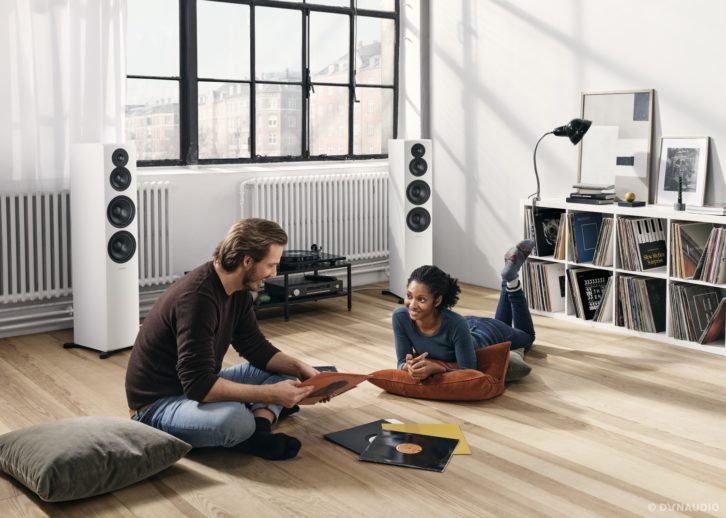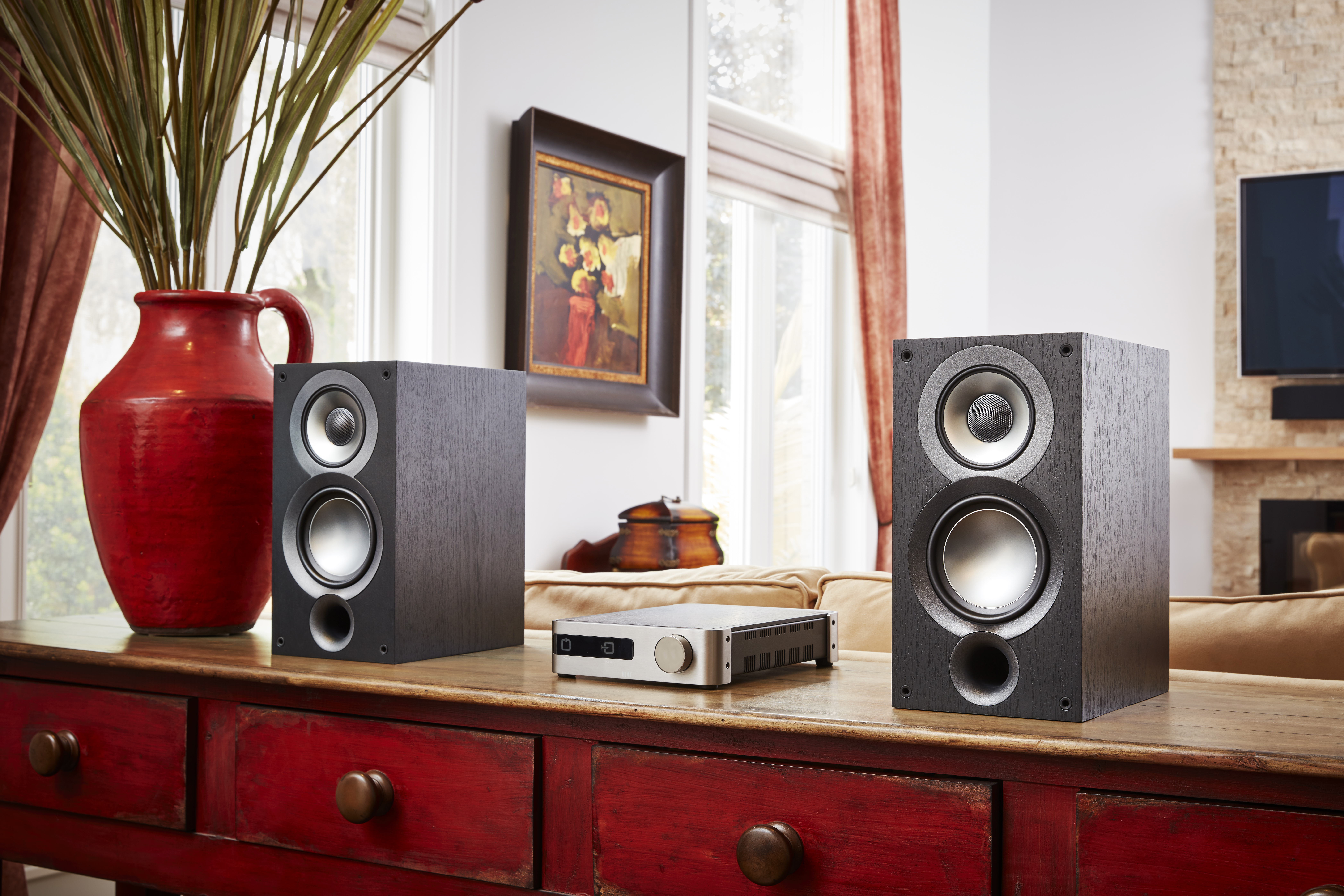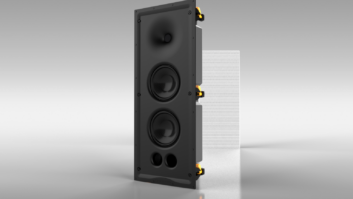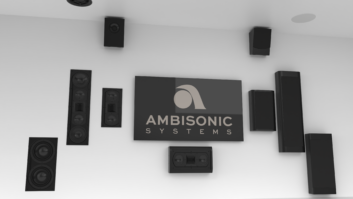
Gone are the days when home audio felt like an indulgence. More than ever, people listen to music, podcasts and audiobooks at home. In November 2023 survey results from Edison Research and Amazon Ads, people reported spending 58% of their time with audio at home — a 21% increase since 2015. While part of this trend stems from the growth of remote work during the pandemic, the mainstream adoption of smart speakers and audio streaming services plays a heavy role.
With such a clear opportunity, here are some suggestions for retailers to streamline the home audio onboarding experience and increase customer satisfaction.
Meet users where they’re comfortable
Home audio is a broad category, so it hardly makes sense to push every customer into a whole home setup or a state-of-the-art home theater system at the outset. While the margins are higher on installation services, it helps to offer some affordable products to capture the attention of future users as well.
For the smallest of budgets, there’s little incentive to compete with big box audio brands like Apple, Amazon, Google and Sonos. Still, you can use a product’s ubiquity to your advantage to get potential customers excited about improving audio throughout their homes.
Importantly, train your staff to offer quick in-home services that simplify the setup process for off-the-shelf audio tech the customer bought from you directly or via a third party. Trained professionals can undertake these tasks in less than an hour or two — ultimately saving the user’s time. As for the services, they could include running audio cables across a room and system tuning for DIY equipment.
Curate your products
While there’s nothing inherently wrong with offering a large selection of home audio devices, new customers can find it overwhelming. In these instances, it pays to curate product lists to suit your customers’ current needs. A small, focused selection of reliable products at a few price points helps keep sales and installation simple.
As a result, you’ll see two main benefits: your staff won’t need to know the deepest secrets of hundreds of products, and your customers will have easy onramps to great audio. Remember, users come to you for expertise, knowledge and solid recommendations, so now’s your chance to prove them right.
Resist the urge to apply aggressive sales tactics and upsell to customers who aren’t ready. Someone making their first home audio purchase is unlikely to care about amplifiers or frequency responses. In most cases, they want a better way to enjoy music and podcasts than a weak phone speaker or an underpowered smart speaker.

Installation and support
When your customer is ready for a better setup, provide resources to help them build their system. For professional installation, train your team to answer questions before, during and after the service appointment.
Provide a branded envelope, folder, or booklet for the user — complete with your contact and support information on the outside. This packet should contain all of the documentation for their system: invoices, troubleshooting tips, product serial numbers, manufacturer warranty cards and every equipment manual.
Always include an inventory sheet or table of contents to help people know what’s inside. However, you may want to avoid bulky three-ring binders so your customer can store this information near their equipment or neatly in a file cabinet. Even your DIY customers can benefit from this practice.
If you’re in the DIY business, think beyond core electronics offerings and provide a small selection of reliable accessories at reasonable prices so customers are more likely to come to you for all their needs. Putting some forethought into the tools and materials your customers need can lead to higher brand loyalty and future word-of-mouth referrals.
For example, DIY customers may hesitate to run cables, so consider providing simple cable management solutions such as cable raceways, white cables, or a guide to hiding audio cables under baseboards. Likewise, show them furniture options that complement their equipment. Lastly, you may benefit from selling universal mounting brackets and stud finders to simplify wall-mounted speaker installs.
Beyond equipment, consider adding tutorials to your website or providing a resources page that links to relevant manufacturer product support pages.
Ultimately, it’s not easy to build a smooth path for user adoption, but it can help you stand out with exceptional customer service.
About the Author
John Carlsen has covered smart home, home security and consumer technology since 2013. In addition to his freelance work, he’s written articles and reviews on staff for SafeWise, ASecureLife and Top Ten Reviews.
See also: Another View: The Intersection Of AI And Smart Home Appliances: When Smart Homes Become Geniuses












